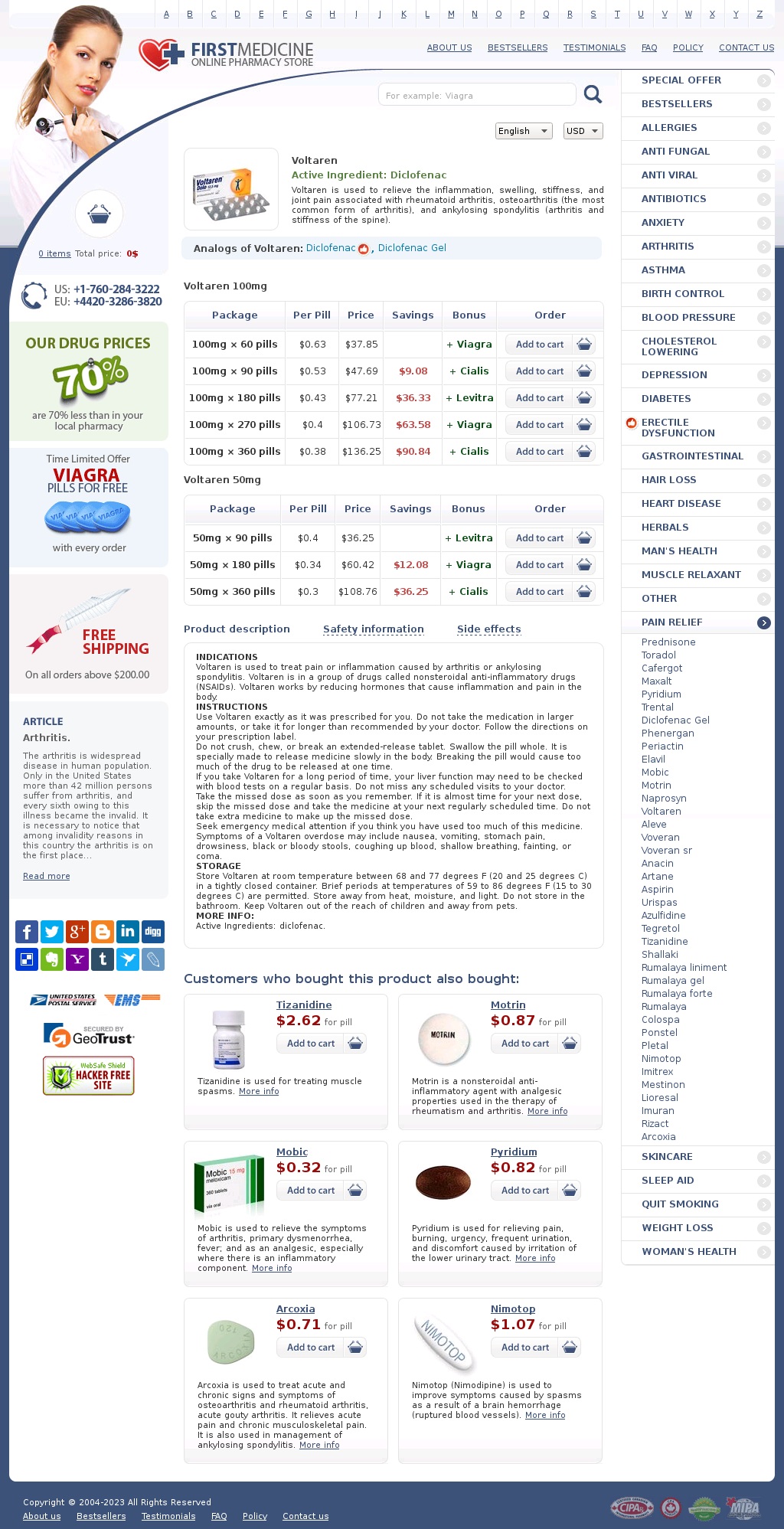Forxiga
Forxiga (dapagliflozin) is an oral diabetes medicine that helps control blood sugar levels. It works by causing the kidneys to get rid of unneeded water and salt from the body into the urine. Forxiga is used together with diet and exercise to improve blood sugar control in adults with type 2 diabetes mellitus. This medicine is not for treating type 1 diabetes. Forxiga may also be used for purposes not listed in this medication guide. Important Information You should not use Forxiga if you are allergic to dapagliflozin, or if you have severe kidney disease. To make sure Forxiga is safe for you, tell your doctor if you have ever had: kidney or liver disease; pancreatitis; heart disease, congestive heart failure; a history of urinary tract infections; low blood pressure; or problems with your adrenal gland or pituitary gland. Tell your doctor if you are pregnant or plan to become pregnant. It is not known whether this medicine will harm an unborn baby. You should not breastfeed while using Forxiga. Do not give Forxiga to a child without medical advice. How should I take Forxiga? Take Forxiga exactly as prescribed by your doctor. Follow all directions on your prescription label and read all medication guides or instruction sheets. Your doctor may occasionally change your dose. Forxiga is usually taken once per day with or without food. To treat diabetes, take Forxiga at the same time each day. Your blood sugar will need to be checked often, and you may need other blood tests at your doctor's office. If you have severe kidney disease, your doctor may tell you to stop taking this medicine. If you have any of these conditions, you may need a dose adjustment or special tests to safely take Forxiga. FDA pregnancy category B. Forxiga is not expected to be harmful to an unborn baby. Tell your doctor if you are pregnant or plan to become pregnant during treatment. It is not known whether dapagliflozin passes into breast milk or if it could harm a nursing baby. You should not breastfeed while using Forxiga. Do not give this medicine to a child without medical advice. How should I take Forxiga? Take Forxiga exactly as prescribed by your doctor. Follow all directions on your prescription label and read all medication guides or instruction sheets. Your doctor may occasionally change your dose. Forxiga is usually taken once per day with or without food. To treat diabetes, take Forxiga at the same time each day. Your blood sugar will need to be checked often, and you may need other blood tests at your doctor's office. If you have severe kidney disease, your doctor may tell you to stop taking this medicine. If you have any of these conditions, you may need a dose adjustment or special tests to safely take Forxiga. FDA pregnancy category B. Forxiga is not expected to be harmful to an unborn baby. Tell your doctor if you are pregnant or plan to become pregnant during treatment. It is not known whether dapagliflozin passes into breast milk or if it could harm a nursing baby. You should not breastfeed while using Forxiga. Do not give this medicine to a child without medical advice. How should I take Forxiga? Take Forxiga exactly as prescribed by your doctor. Follow all directions on your prescription label and read all medication guides or instruction sheets. Your doctor may occasionally change your dose. Forxiga is usually taken once per day with or without food. To treat diabetes, take Forxiga at the same time each day. Your blood sugar will need to be checked often, and you may need other blood tests at your doctor's office. If you have severe kidney disease, your doctor may tell you to stop taking this medicine. If you have any of these conditions, you may need a dose adjustment or special tests to safely take Forxiga. FDA pregnancy category B. Forxiga is not expected to be harmful to an unborn baby. Tell your doctor if you are pregnant or plan to become pregnant during treatment. It is not known whether dapagliflozin passes into breast milk or if it could harm a nursing baby. You should not breastfeed while using Forxiga. Do not give this medicine to a child without medical advice.